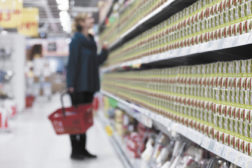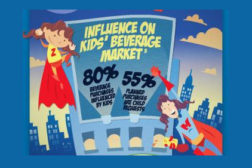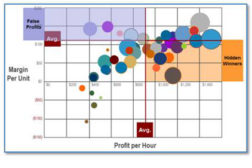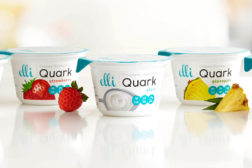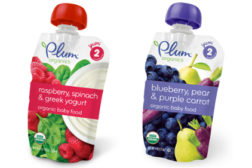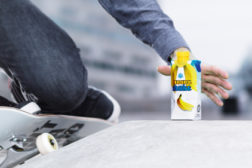Web Exclusive Stories
GenZ kids have their say in the beverage aisles, and it’s often NO
Here’s how brand marketers can help.
October 3, 2013
This is not your mother’s “homemade”
Americans have redefined how we shop, cook and eat.
September 17, 2013
Evaluating your profits
Using new metrics in the packaging industry to increase profitability
August 22, 2013
Consumer Trends
How to prepare for the growth of online grocery shopping
What does it mean for brick-and-mortar retailers?
July 11, 2013
When the package becomes the product
Innovative packages work to grab consumer interest.
June 27, 2013
Web Exclusive
Grab and go sales soar
How to take advantage of this beverage growth trend
June 20, 2013
Millennials’ frugal and green lifestyles are raising the bar for brands
Packaging plays a role in purchasing considerations.
May 20, 2013

